American Eagle – PBS Nature (2008)
This PBS Nature documentary outlines the life cycle and biology of the iconic Bald Eagle. The plot is centered around two breeding pairs in Iowa and Minnesota. Both nests were installed webcams and have attracted millions of viewers from all over the world. The nests are still active and pairs are now preparing for the breeding season. The nest in Iowa is next to Decorah Fish Management Station. As a top predator highly adapted for fish prey the location provided […]


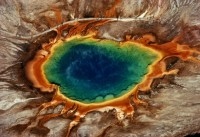
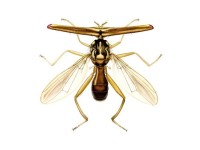
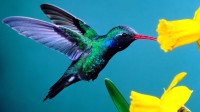
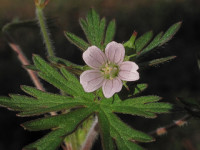
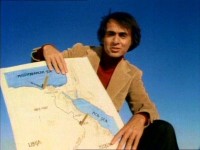
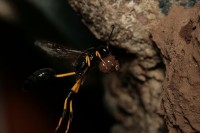
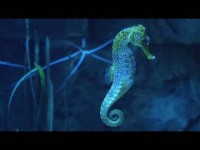
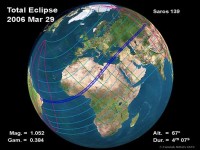
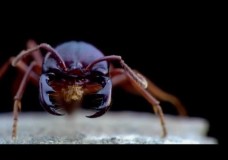
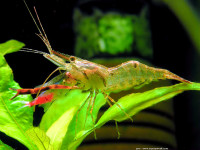
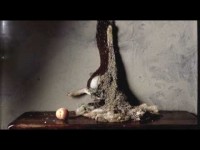
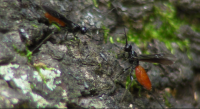


Recent Comments